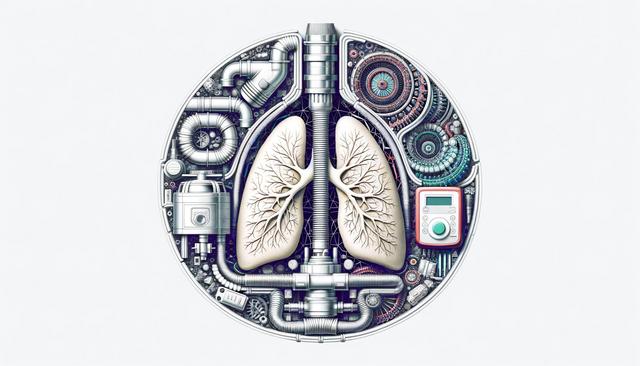What is Sleep Apnea?
Sleep apnea is a serious sleep disorder where a person’s breathing repeatedly stops and starts during sleep. There are three main types of sleep apnea: obstructive sleep apnea (OSA), central sleep apnea, and complex sleep apnea syndrome. The most common form, OSA, occurs when throat muscles relax excessively and block the airway. Central sleep apnea, on the other hand, is caused when the brain fails to send proper signals to the muscles that control breathing. Complex sleep apnea is a combination of both.
People with sleep apnea often snore loudly and feel tired even after a full night’s sleep. Other symptoms include episodes of breathing cessation, gasping for air during sleep, morning headaches, and difficulty concentrating. Over time, if untreated, sleep apnea can lead to serious health issues such as high blood pressure, heart disease, type 2 diabetes, and depression.
Diagnosis and Risk Factors
Diagnosing sleep apnea typically involves a sleep study, often conducted in a sleep center or at home with portable equipment. During a sleep study, your breathing patterns, oxygen levels, heart rate, and brain activity are monitored to identify irregularities. This test helps determine the severity of the disorder and the suitable treatment options.
Several risk factors increase the likelihood of developing sleep apnea, including:
- Excess body weight
- A narrowed airway or enlarged tonsils
- Being male
- Older age
- Family history of sleep apnea
- Use of alcohol or sedatives
- Smoking
Understanding these risk factors can help individuals take preventive steps or seek early intervention if symptoms arise.
Treatment Options for Sleep Apnea
Treatment for sleep apnea varies based on the severity and type of the disorder. Lifestyle changes are often the first step and can include weight loss, quitting smoking, and altering sleep positions. For moderate to severe cases, Continuous Positive Airway Pressure (CPAP) therapy is the most commonly prescribed treatment. A CPAP machine delivers air pressure through a mask, keeping the airway open during sleep.
When choosing CPAP equipment, selecting the appropriate mask is crucial. Options like full-face sleep apnea mask models are preferred by those who breathe through their mouths or need higher air pressure. Others may benefit from nasal masks or pillow-style masks. Understanding your needs and comfort preferences is essential when choosing best sleep apnea mask for consistent use and effective treatment.
Choosing the Right Sleep Apnea Mask
One major factor influencing the success of CPAP therapy is mask comfort. With many sleep apnea masks available, selecting the one that fits well and feels comfortable can make a significant difference in therapy adherence. The most common types include:
- Full-face sleep apnea mask – covers nose and mouth, ideal for mouth breathers
- Nasal masks – sit over the nose, suitable for those who breathe through their nose
- Nasal pillow masks – fit directly into the nostrils, offering a minimalistic design
Each type has its pros and cons, and personal preference plays a big role. When choosing best sleep apnea mask, factors to consider include sleep position, facial hair, and whether you move around frequently during the night. Many find that trying a few different styles helps in finding the most suitable and effective option.
Consulting with a sleep specialist or equipment provider can also help narrow down the choices and provide guidance on proper mask fitting and maintenance.
Lifestyle Adjustments and Long-Term Management
In addition to using sleep apnea masks, making certain lifestyle changes can improve symptoms and overall health. These adjustments are often recommended alongside medical treatments:
- Maintaining a healthy weight
- Exercising regularly
- Avoiding alcohol and sedatives before bedtime
- Sleeping on your side instead of your back
- Keeping nasal passages open at night with saline sprays or nasal strips
Effective long-term management of sleep apnea involves consistency with treatment and regular follow-ups with healthcare providers. Monitoring how well your device is working, ensuring your mask fits properly, and addressing any discomfort or side effects are all important aspects to monitor over time. Wearing the appropriate and comfortable mask from the available sleep apnea masks contributes greatly to therapy success and overall well-being.
Conclusion: Taking Control of Your Sleep Health
Sleep apnea doesn’t have to take over your life. With proper diagnosis, effective treatment, and the right equipment, it’s possible to manage the condition successfully. Whether you’re exploring full-face sleep apnea mask options or considering other types, the key is choosing best sleep apnea mask that suits your sleeping habits and provides consistent relief. Taking steps to address sleep apnea not only improves your nightly rest but also supports your long-term health and quality of life.




Leave a Reply